




Did you find this useful? Give us your feedback

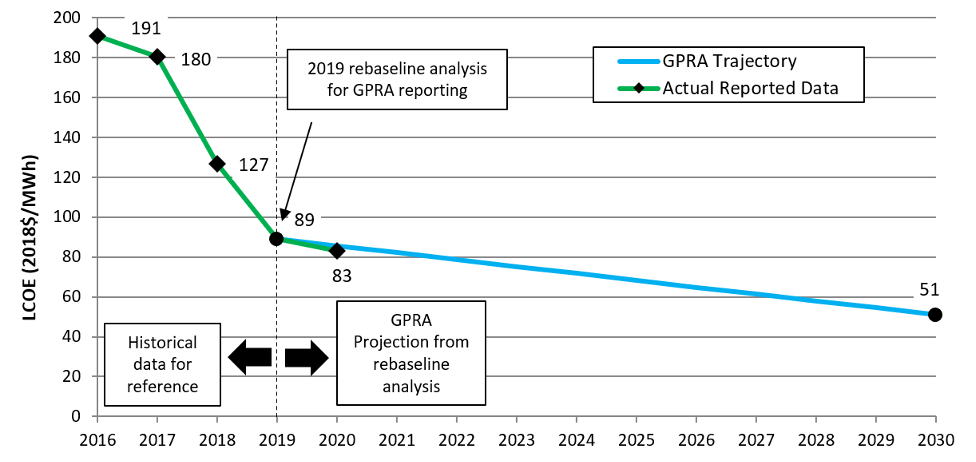







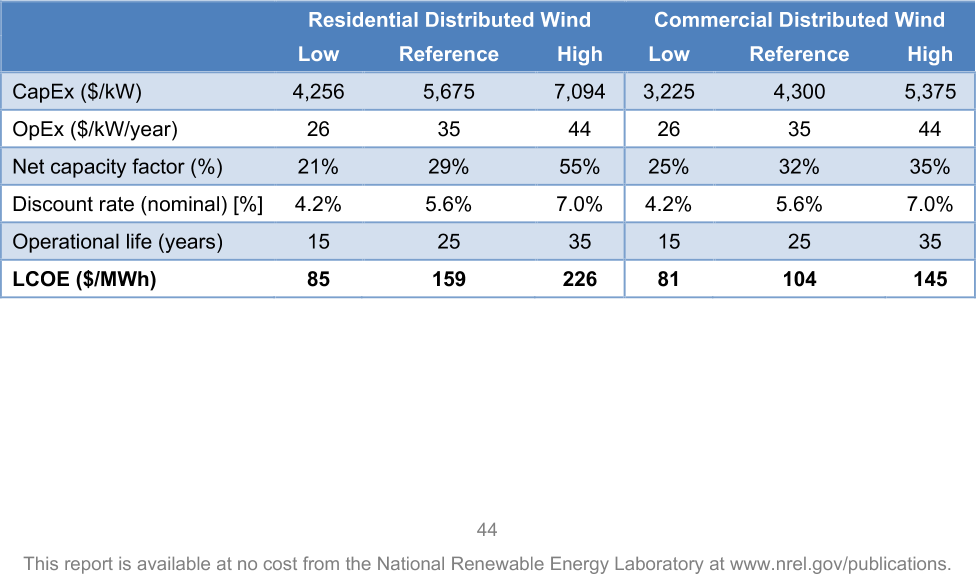




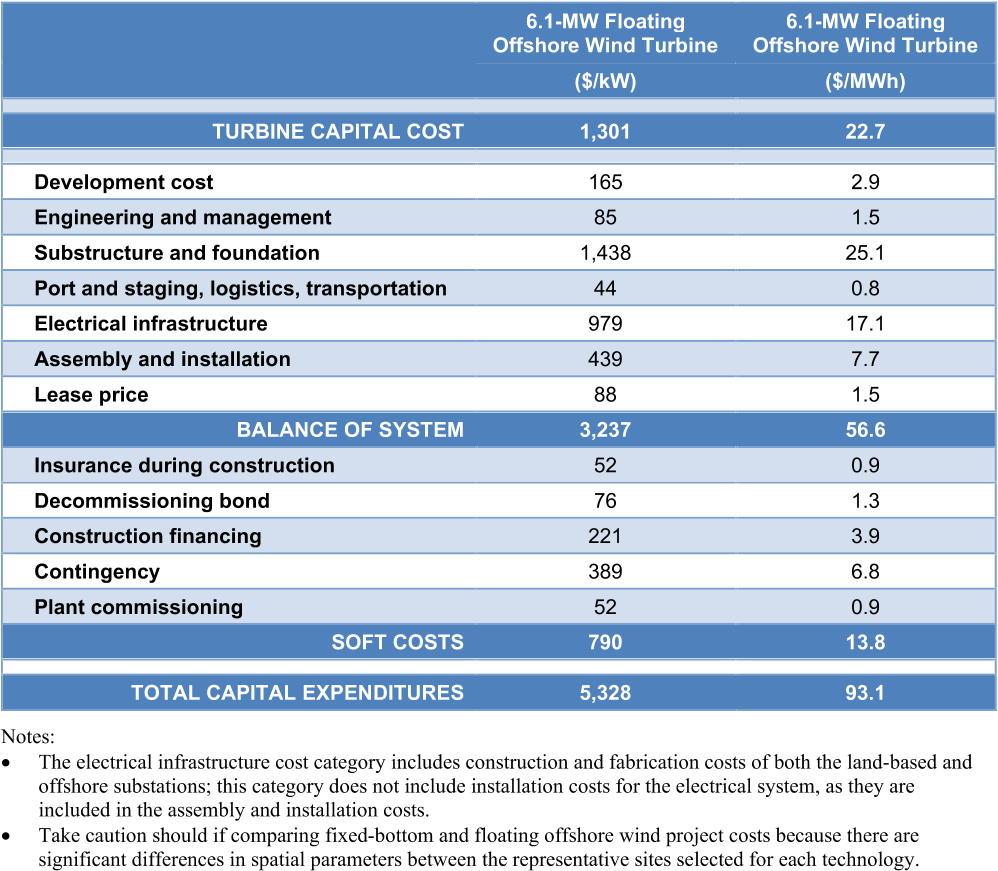

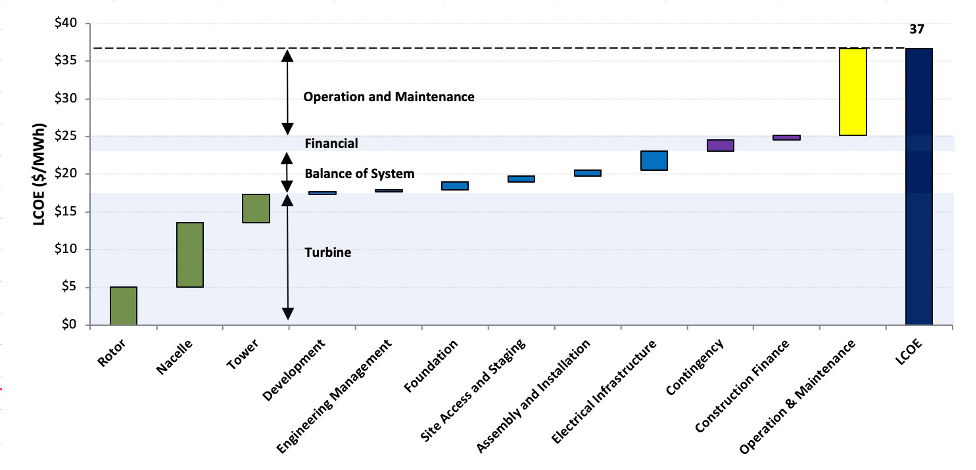
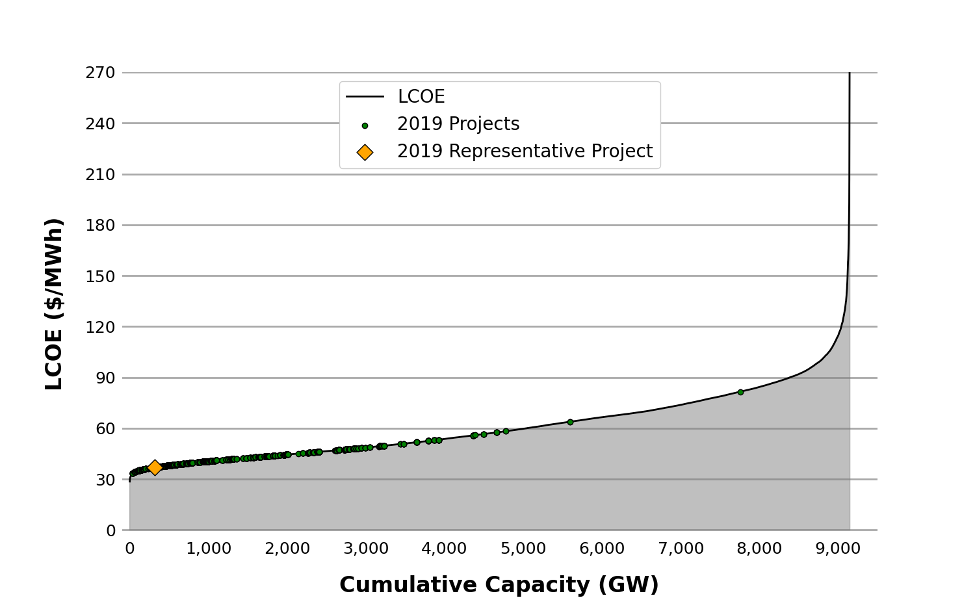

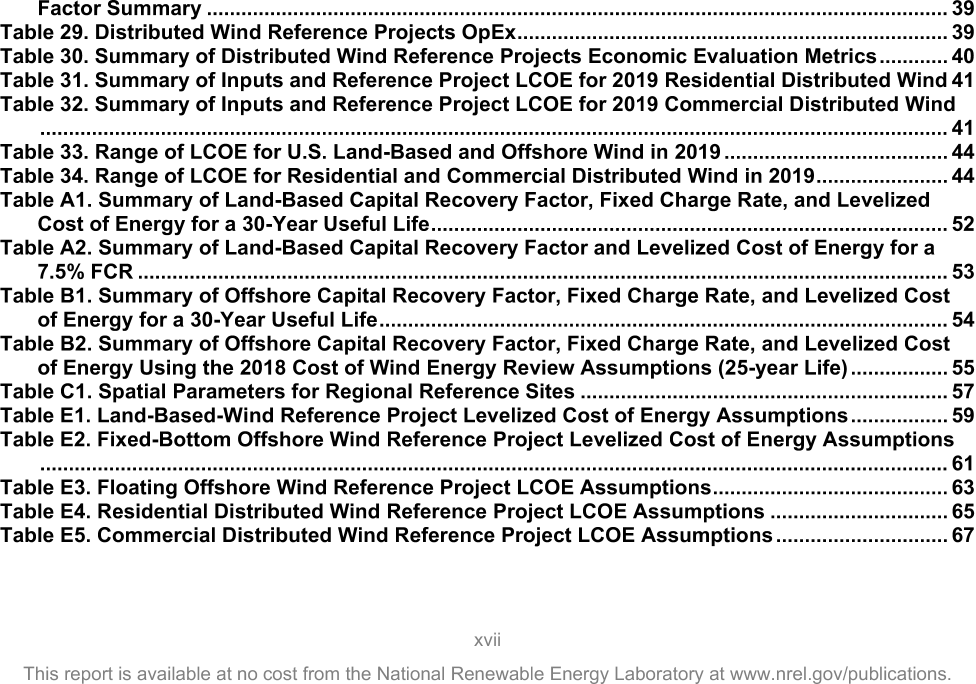






177 citations
42 citations
...…including a decline in the value of the U.S. dollar relative to the Euro; increased materials, energy, and labor input prices; a general increase in turbine manufacturer profitability due in part to strong demand growth; and increased costs for turbine warranty provisions (Moné et al. 2017)....
[...]
...dollar relative to the Euro; increased materials, energy, and labor input prices; a general increase in turbine manufacturer profitability due in part to strong demand growth; and increased costs for turbine warranty provisions (Moné et al. 2017)....
[...]
...Absent better data, and consistent with NREL assumptions, we assume that all plants have common total operating costs, at $51/kW-yr (Moné et al. 2017)....
[...]
...Since 2008, wind turbine prices have declined substantially, reflecting a reversal of some of the previously mentioned underlying trends that had earlier pushed prices higher (Moné et al. 2017) as well as increased competition among manufacturers and significant cost-cutting measures on the part of turbine and component suppliers....
[...]
...…have declined substantially, reflecting a reversal of some of the previously mentioned underlying trends that had earlier pushed prices higher (Moné et al. 2017) as well as increased competition among manufacturers and significant cost-cutting measures on the part of turbine and component…...
[...]
38 citations
...The wind turbine represents around 30% of the overall CapEx costs for a typical fixed-bottom offshore wind project [36]; however, these costs are negotiated on an individual project basis and are typically kept confidential by the supplier and developer [10]....
[...]
...Values for the capacity-weighted global average project installed in 2019 are also reported [36]....
[...]
...The cost reductions are defined relative to a baseline project repesentative of the capacity-weighted average project installed in 2019, he most recent year for which data are available [36]....
[...]
...The modeling tools required for this analysis also require several additional parameters to be defined that are not specified in [36], including a 34-year wind and wave time series with hourly resolution taken at a representative point in the North Atlantic (41◦N, 71◦W) pulled from the ERA5 reanalysis data set at a 100-m measurement height [38]....
[...]
...7 ercentage of the BOS costs [36], the reduction contributes significantly to the overall cost decrease....
[...]
30 citations
44 citations
...Although the PTC was scheduled to phase out completely by the end of 2019, a change to the year-end tax package in 2019 has extended the PTC through the end of 2020 (40...
[...]
...The ATB methodology is used to calculate the FCR. 12 Because these data are derived from installed projects in 2019, they include the impact of the PTC on the debt ratio even though the LCOE estimates do not include the PTC. 13 The U.S. tax reform bill passed and signed into law in December 2017 (Tax Cuts and Jobs Act, H.R. 1) lowers the corporate tax rate from 35% to 21%; hence, the 21% corporate tax rate is used in this year’s report assuming the final investment decisions for projects commissioned in 2019 would have been made under the reformed corporate tax rate....
[...]
...Although the PTC is a critical component for wind projects installed in 2019, it is expected to phase out in future years.14 Research has shown that one likely outcome of the termination of the PTC is increased project leverage, which will reduce the higher-cost tax-equity portion of project finance....
[...]
...List of Acronyms AEP annual energy production ATB Annual Technology Baseline BOS balance of system CapEx capital expenditures CRF capital recovery factor CSM Cost and Scaling Model DOE U.S. Department of Energy FCR fixed charge rate GPRA Government Performance and Results Act GW gigawatt kW kilowatt LandBOSSE Land-based Balance of System Systems Engineering LCOE levelized cost of energy m meter m/s meters per second MACRS Modified Accelerated Cost Recovery System MW megawatt MWh megawatt-hour NREL National Renewable Energy Laboratory O&M operation and maintenance OpEx operational expenditures ORCA Offshore Wind Regional Cost Analyzer PTC production tax credit USD U.S. dollars WACC weighted-average cost of capital WETO Wind Energy Technologies Office yr year v This report is available at no cost from the National Renewable Energy Laboratory at www.nrel.gov/publications....
[...]
...14 “In December 2015, Congress passed a 5-year phased-down extension of the PTC....
[...]
44 citations
...wind industry survey, “Assessing wind power operating costs in the United States: Results from a survey of wind industry experts” (Wiser et al. 2019) is used to inform the O&M cost estimates for the representative wind plant....
[...]
...O&M market data are not widely available; therefore, the recent U.S. wind industry survey, “Assessing wind power operating costs in the United States: Results from a survey of wind industry experts” (Wiser et al. 2019) is used to inform the O&M cost estimates for the representative wind plant....
[...]
...…finance $/kW 34 Project construction over 3 years Contingency $/kW 86 6% of total CapEx Operational Expenditures (OpEx) Total OpEx $/kW/year 43 (Wiser et al. 2019) Financials Project design life Years 25 Project life for Government Performance and Reporting Act (GPRA) reporting Tax rate…...
[...]
42 citations
...For each offshore wind region (as specified in Gilman et al. 2016), a 600-megawatt (MW) cohesive area within each Bureau of Ocean Energy Management lease and Call Area delineation (Bureau of Ocean Energy Management 2019) that is closest to shore (measured by direct distance) was identified,…...
[...]
30 citations
...…LandBased Wind” (Eberle et al. 2019) OpEx Total OpEx $/kW/year 35 “Assessing the Future of Distributed Wind: Opportunities for Behind-the Meter Projects" (Lantz et al. 2016) Financials Project design life Years 25 Project life for Government Performance and Reporting Act (GPRA) reporting Tax rate…...
[...]
...…data are not widely available for distributed wind projects; therefore, $35/kW/yr are assumed—reported in “Assessing the Future of Distributed Wind” (Lantz et al. 2016)—for both residential and commercial distributed wind projects.23 The annual O&M cost from the 2016 report and the LCOE…...
[...]
...O&M market data are not widely available for distributed wind projects; therefore, $35/kW/yr are assumed—reported in “Assessing the Future of Distributed Wind” (Lantz et al. 2016)—for both residential and commercial distributed wind projects....
[...]
...(Lantz et al. 2016) Rotor diameter m 12.4 Hub height m 30 Specific power W/m2 166 Calculation Cut-in wind speed m/s 3 Typical turbine characteristics Cut-out wind speed m/s 20 66 This report is available at no cost from the National Renewable Energy Laboratory at www.nrel.gov/publications....
[...]
...project costs, consistent with typical debt levels for renewable power as well as conservative lending practices and typical long-term utility-sector debt and equity costs (Lantz et al. 2016)....
[...]